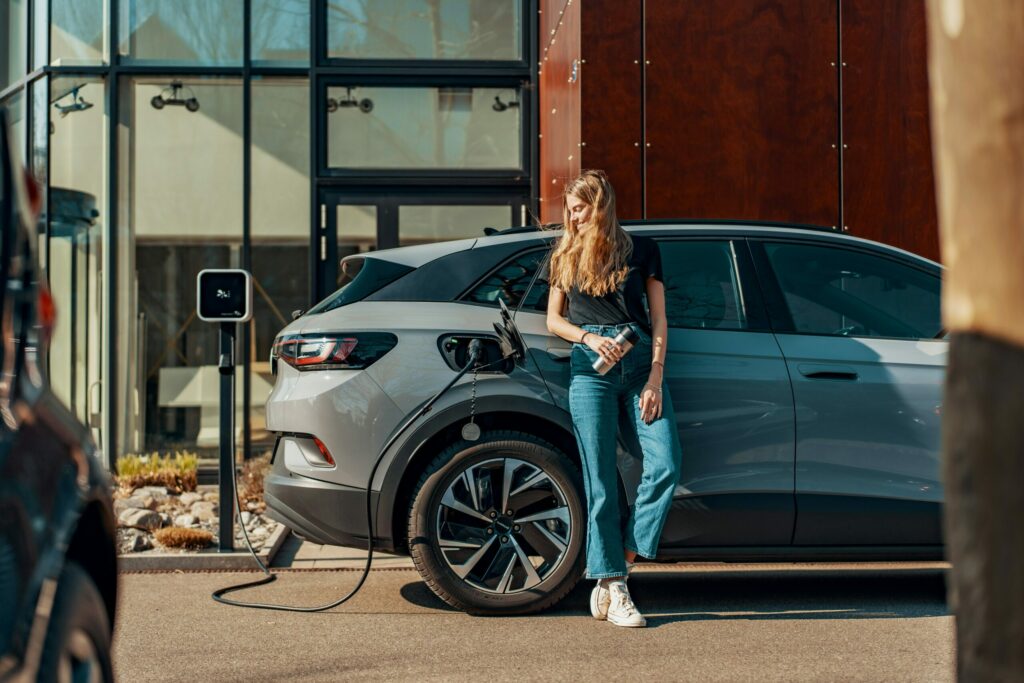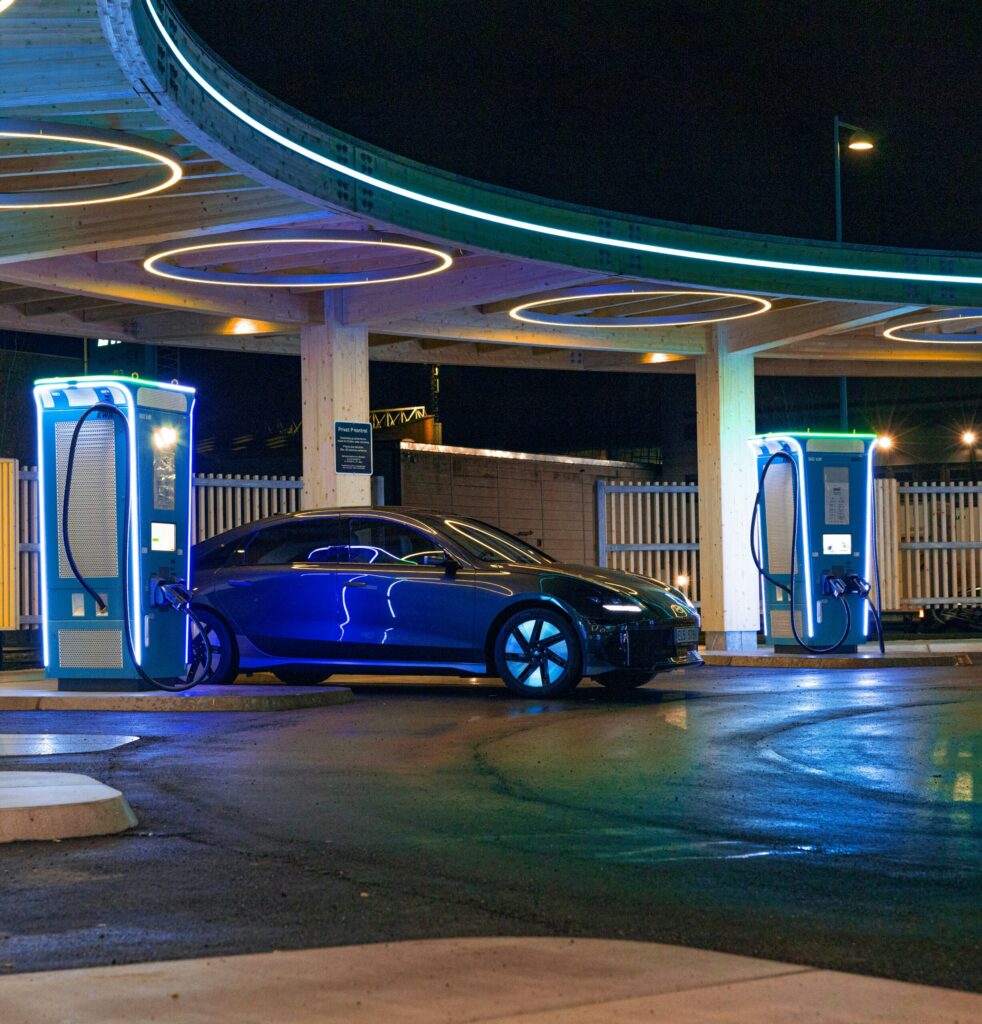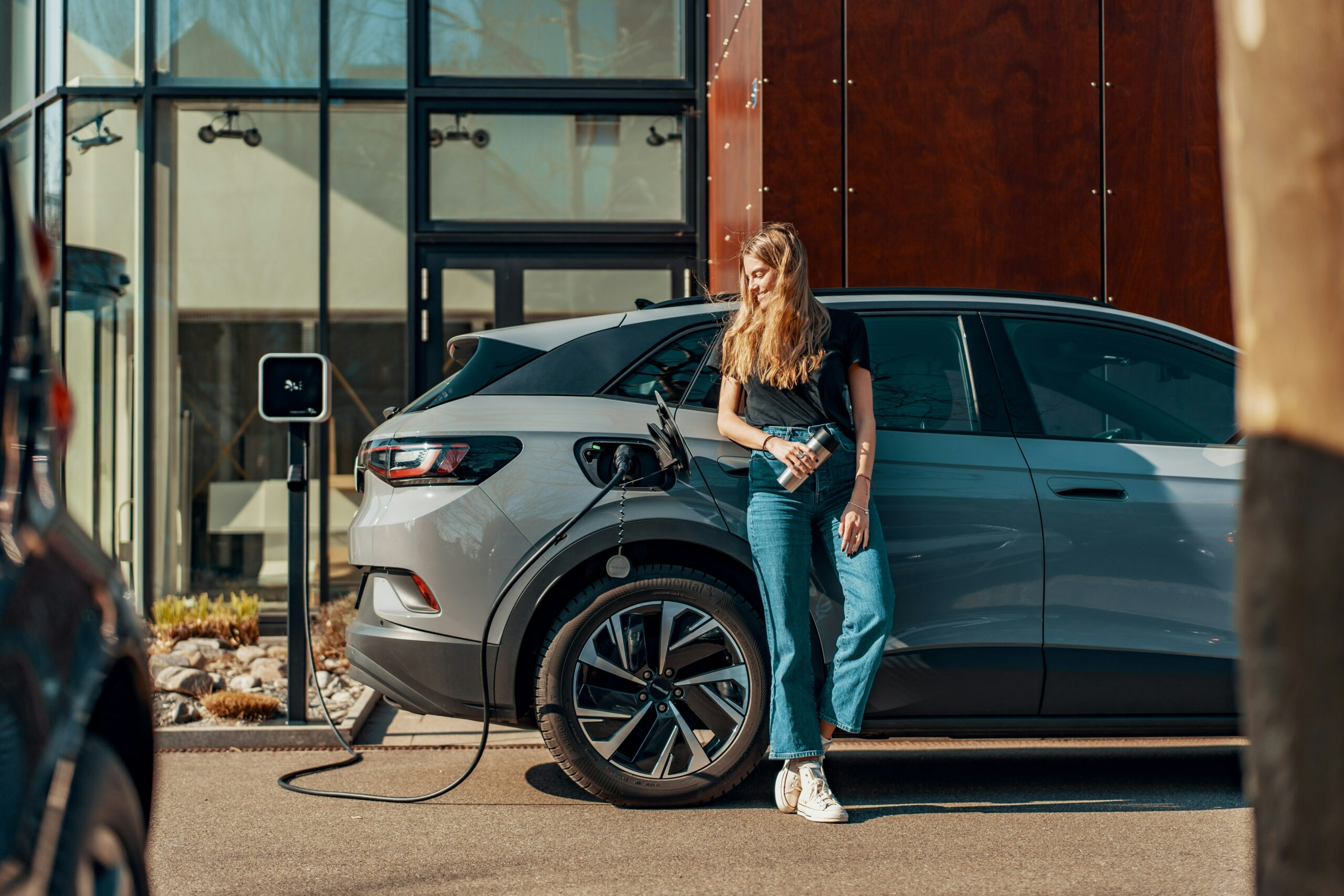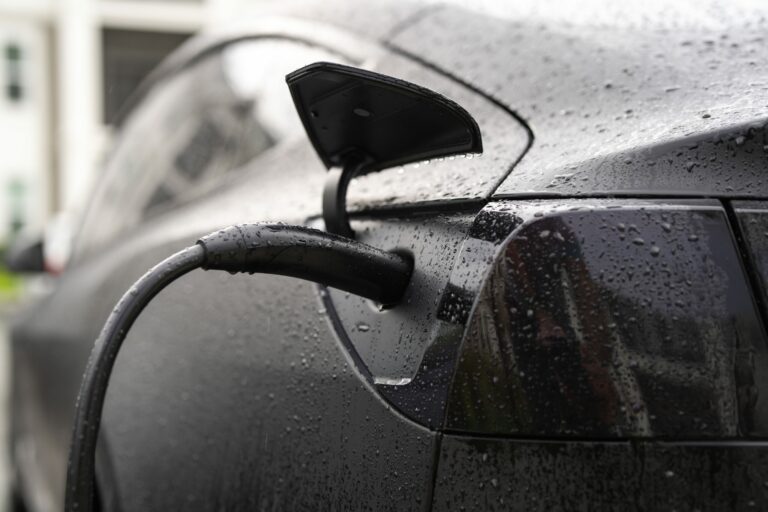The electric vehicle market is booming, and new models are coming out all the time, bringing with them a host of innovations in terms of range, on-board technology and recharging times. All these technical specifications can sometimes be daunting for those wishing to embark on the adventure of electric mobility.
So to get a clearer picture before you buy, it’s important to ask yourself a few questions to better understand how an electric car works, and to tick the right boxes according to your needs and budget. Then, once you’ve got the keys, there are a whole host of tips and advice to follow to maintain, use and optimise your vehicle.

Defining your needs
To choose the right electric car, especially if it’s your first purchase, it’s important to determine how you intend to use it. The first step is for the future owner to be able to estimate the distance of his or her daily journeys, if possible on a weekly basis. How many kilometres between home and work? How many journeys do you need to make to get around each day? Add it all up, work out an average, take into account whether or not there are charging points at your various base points, and then work out how much range you need.
Be careful, however, to distinguish between the range claimed by the manufacturer, determined by a standardised WLTP procedure (Worldwide harmonised Light vehicles Test Procedures), and the actual range, which is generally less. The difference is usually between 10% and 30%.
Once you’ve defined your range requirements, it’s a good idea to consider the distribution of charging points around your home and the places you frequent most. Public charging points are springing up in more and more towns and motorway service areas, charging around ten euros per 100 kilometres. This price can quickly rise, depending on the location of the charging point, the energy supplier, the subscription card and the charging speed. They are generally placed in strategic locations (car parks, stations, shopping centres) and there are more than 160,000 of them in France. A figure that is rising steadily, but not enough according to the government, which wants to reach 400,000 charging points by 2030.
Ambitious, especially when there are still corners of France where infrastructure is sorely lacking. This is particularly true of Corsica, the French overseas departments and territories, Burgundy-Franche-Comté and Brittany. The only option is to install a home terminal. These often offer a lower price per kilometre than public charging points, and are more convenient for the homeowner. Installation costs between €500 and €5,000, depending on a number of factors, including the difficulty of installation, whether or not any work has to be carried out, and of course the type of terminal. The bill is lightened by State aid, in particular the Advenir bonus of up to €300, but also by the possibility of obtaining a tax credit equivalent to 75% of the price of the installation. So it’s an attractive option, even for those living in a condominium.
All you have to do is tell the property manager that you need to install a charging point, and the manager cannot object unless you can show that it is impossible to carry out the work. If the owner is the only one to use the charging point, he or she will have to finance the installation, but it is possible to install one or more charging points to be shared between users, thereby dividing the bill. So there are a number of solutions that make it clear that electric cars are capable of handling the vast majority of everyday journeys, thanks to the ever-increasing coverage of charging points, and are catching up more and more quickly with internal combustion engines in this respect.
Then there’s the question of which class of vehicle to choose. Firstly, the capacity required for the desired use, by answering the following questions: how many passengers do you intend to carry? How often? How much boot space do you need? This may seem obvious, and it applies equally to the purchase of a combustion-powered vehicle, but buyers often tend to underestimate or overestimate their need for space when buying a car. The type of electric car also affects range. A city car will generally have a shorter range than a saloon, which in turn will have a shorter range than an SUV.
A bigger car, even if it’s heavier, is also a car in which you can fit a bigger battery. The power offered should also be taken into account in this calculation. In fact, for the same model, the claimed range can vary by 10% to 20% depending on the number of horsepower delivered by each engine. More horses consume more hay (watts in this case).

Setting a budget
Once you have defined your needs and the type of car you want, the next step is to find the ideal model for your budget. This is often where the problem lies for consumers, since electric cars have the reputation of being more expensive to buy than their internal combustion counterparts.
This reputation is well-founded, given that the average price of a new city car is around €35,000. But one of the advantages of electric cars is, of course, the environmental bonus. Since November 2024, this has been worth between €2,000 and €4,000, depending on the buyer’s tax reference income, and only applies to vehicles costing less than €47,000.
For professionals, it corresponds to 27% of the purchase price if the latter is less than €47,000 including tax and up to a limit of €2,000. This amount can be increased by €1,000 or even €2,000 depending on the entrepreneur’s tax reference income. These conditions also apply to leasing, an option that now accounts for more than half of new car sales in France, compared with 15% at the start of the last decade.
Despite the disappearance of the conversion allowance in 2025, electric cars can still be a financially attractive option. This assertion is reinforced by the Car Cost Index 2021 study, which confirms that the TCO (Total Cost of Ownership) of an electric car is almost €200 less per month than that of a combustion-powered car.
In order to cut the bill even further, more and more buyers are turning to used electric vehicles. Admittedly, this is still a microscopic market (2.5% of total transactions), but it is growing fast, with transactions expected to rise by 50% by 2024. More listings means more competition and therefore lower prices. According to the La Centrale website, the average price of a used electric car was around €22,000, €1,000 less than six months earlier.
Taking care of your electric car after purchase
Priorities include optimising battery life and preserving the battery. To prolong battery life, it’s a good idea to keep the battery charged between 20% and 80% (like a telephone), and above all to avoid dropping it below 20% too often.
As far as recharging is concerned, a slow-charging home terminal puts less strain on the battery. So we usually try to save the fast charge for long motorway journeys. The elements also play a role, both in terms of range and battery wear. So it’s best to park your car in a covered area, away from conditions that are too cold or too hot.
If the Norwegians, kings of the electric car, have succeeded, we have no excuses! And if the car is immobilised for a long time, it’s important to keep its charge between 40% and 60%. Some models offer driving modes to extend the range and, by extension, the life of the battery.
Driving regularly, at a constant speed and without sudden acceleration, as well as anticipating braking and regenerative braking, will limit the drop in the gauge and avoid putting too much strain on the battery. It’s good to know that the greater the battery’s capacity (expressed in kWh on the technical data sheet), the slower the rate of wear and tear, as it takes longer to heat up and requires fewer recharges.

Finally, although maintaining an electric car is simpler and less expensive than maintaining a combustion engine vehicle, simply because the mechanics are less sophisticated (for example, we recommend a service every 30,000 km for an electric vehicle, compared with 15,000 km for a combustion engine), you should not neglect the maintenance of your electric vehicle. As well as the battery, which we saw earlier how to preserve, you should also regularly check the condition of your consumables and tyres, which wear out and deflate faster than on an equivalent internal combustion model. Finally, roadworthiness tests are compulsory six months before the fourth anniversary of registration, and every two years thereafter.
Choosing the right electric car :
- When you want range: look at the battery capacity, the 20-80% charge time and find out the difference between the advertised range and the actual range. In that case, opt for an SUV or a saloon.
- When you want performance: take a closer look at the power, the type of platform, the different driving modes on offer and the weight. A roadster or sportsbike is the way to go.
- When you want versatility, you need to find the right balance between comfort, space, power and range. Compact saloons and crossovers are good choices.
- When you want to save money: if you mainly make short journeys, and you’re on a tight budget, then you turn to a city car, and why not a second-hand one?















